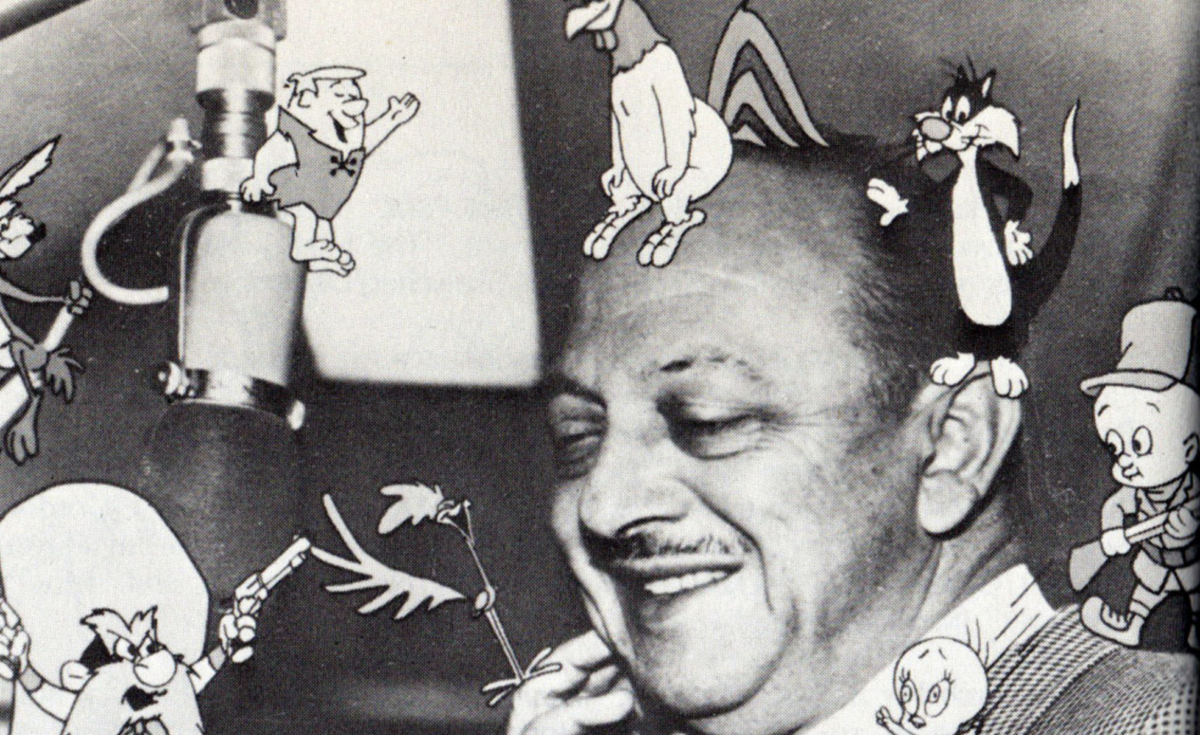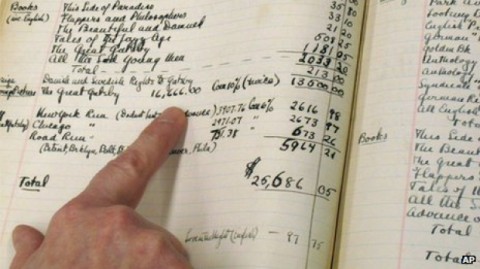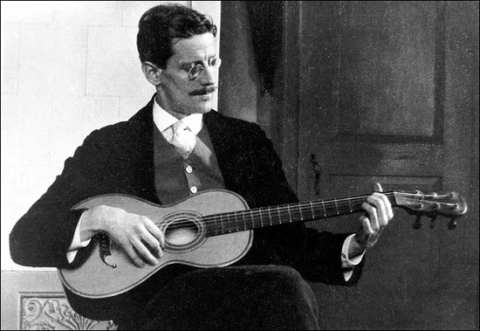Caslon, Baskerville, Helvetica… these names have graced many a pull down menu, but what do they signify, exactly?
Graphic designer Ben Barrett-Forrest spent 140 hours animating the 291 paper letters on display in the History of Typography, an introduction to the ways in which language has been expressed visually over time.
From Gutenberg’s inky, monk-inspired Blacklister font to the ever-controversial Comic Sans, Barrett-Forrest employs stop motion to spell out the quantifiable reasons that certain serifs and stroke types are easy on the eye. Let’s not tell the creators of Llama Font or Mr. Twiggy, but legibility is the mother of survival in this arena.
If you would like to sign up for Open Culture’s free email newsletter, please find it here. Or follow our posts on Threads, Facebook, BlueSky or Mastodon.
If you would like to support the mission of Open Culture, consider making a donation to our site. It’s hard to rely 100% on ads, and your contributions will help us continue providing the best free cultural and educational materials to learners everywhere. You can contribute through PayPal, Patreon, and Venmo (@openculture). Thanks!
Related Content:
A Short Animated History of the GIF
Ayun Halliday has devoted the last 15 years to producing The East Village Inky, an entirely handwritten zine whose aging readers complain that they can no long make out the tiny print.




